When Gernot Döllner arrived in Ingolstadt in September last year to start his new role as CEO and chairman of Audi, he probably found quite the to-do list in a bulging in-tray.
Shortly before Döllner’s appointment, Volkswagen Group chair Oliver Blume described Audi as “lagging [behind] the competition”. That’s why the job had become vacant in the first place: former boss Markus Duesmann was sacked, reports suggest, because of numerous delays to the flagship Q6 E-tron.
But getting the Q6 E-tron project back on track was just one challenge facing Döllner. Audi was gearing up for the biggest wave of product launches in its history, while facing an increased challenge from new Chinese rivals, trying to keep pace with BMW and Mercedes-Benz, coping with a slowing market for electric vehicles and dealing with ever-changing regulations.
Whereas Duesmann had jumped across from BMW to oversee Audi in 2020, Döllner wasn’t a flashy hire. The 55-year-old has been at the Volkswagen Group since 1993, with the bulk of his career spent at Porsche, where he worked with Blume.
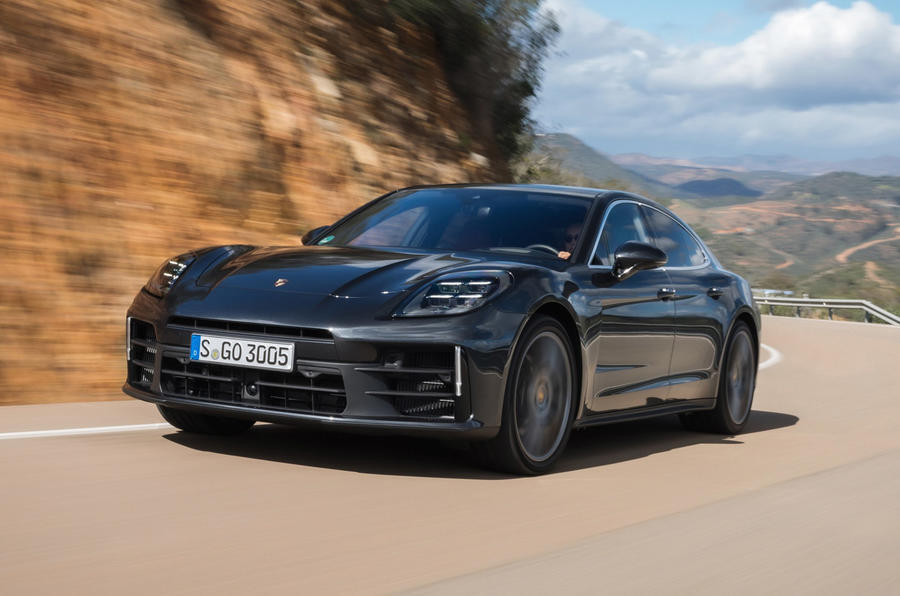
Among other roles, he was product manager for the 918 Spyder and the Panamera model series. Since 2021, he has been VW’s group strategy boss – a key if somewhat back-room role.
That seems to fit Döllner’s style – and explains why he doesn’t seem at all fazed by the challenges ahead of him at Audi. In fact, his demeanour is a great fit for the brand: it’s not about being showy; it’s about being efficient, considered and decisive.
Since he started at Audi six months ago, Döllner and his board have spent their time laying out a new strategy for the company, which has been called the Audi Agenda. See, told you he wasn’t flashy.
The agenda is intended to help tackle the key issues affecting the firm. “We’re currently managing the biggest model initiative in Audi’s history,” he says, “while at the same time driving forward a fundamental transformation.”


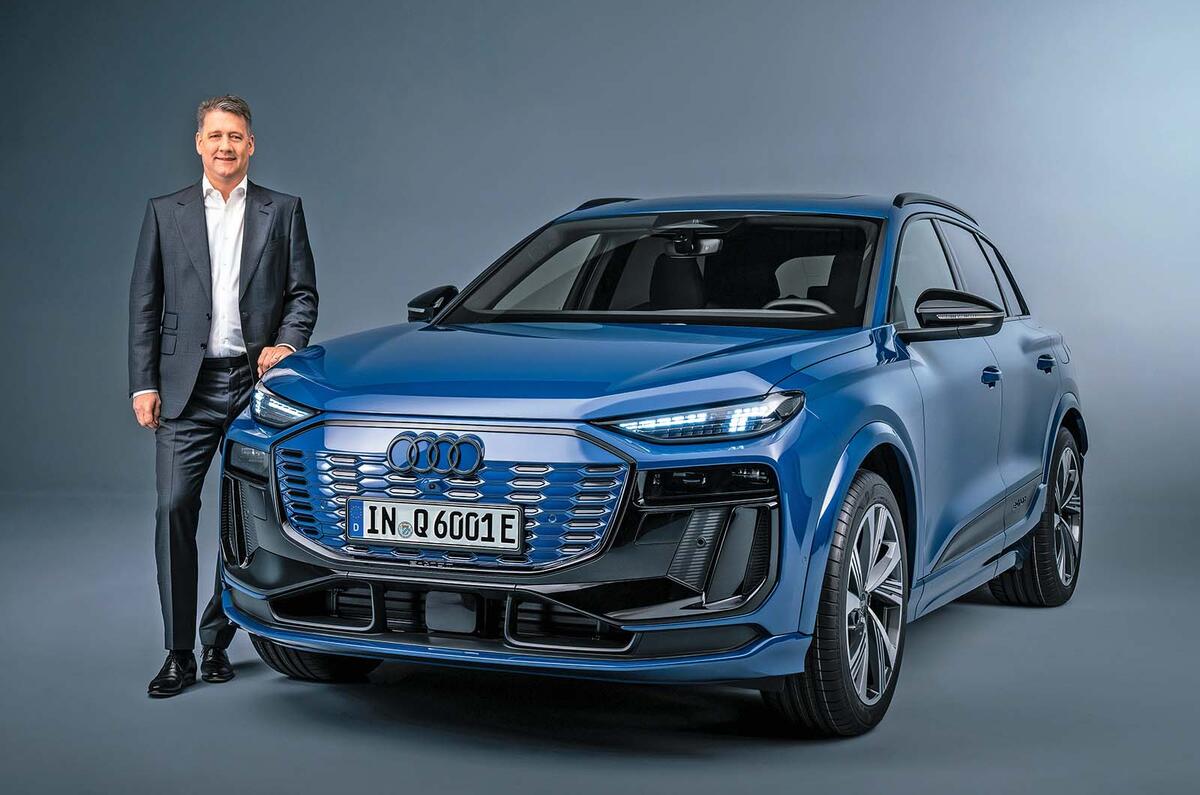

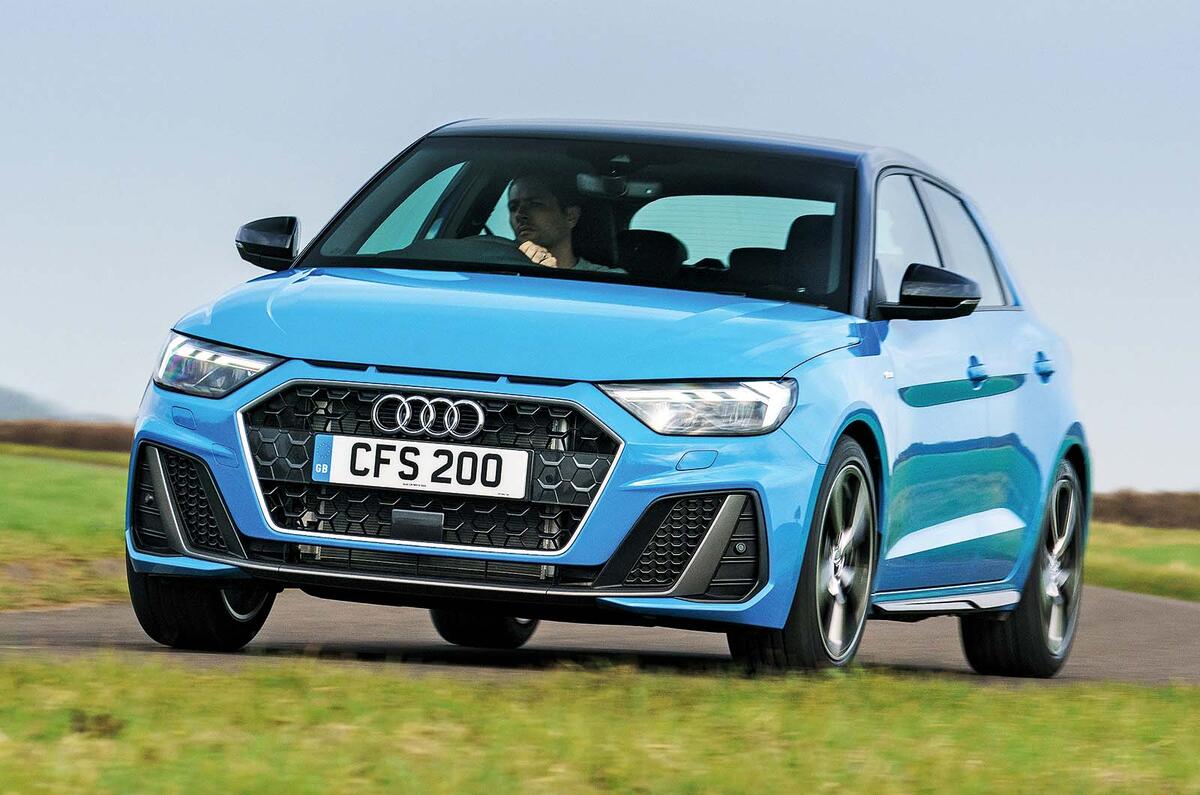

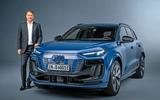




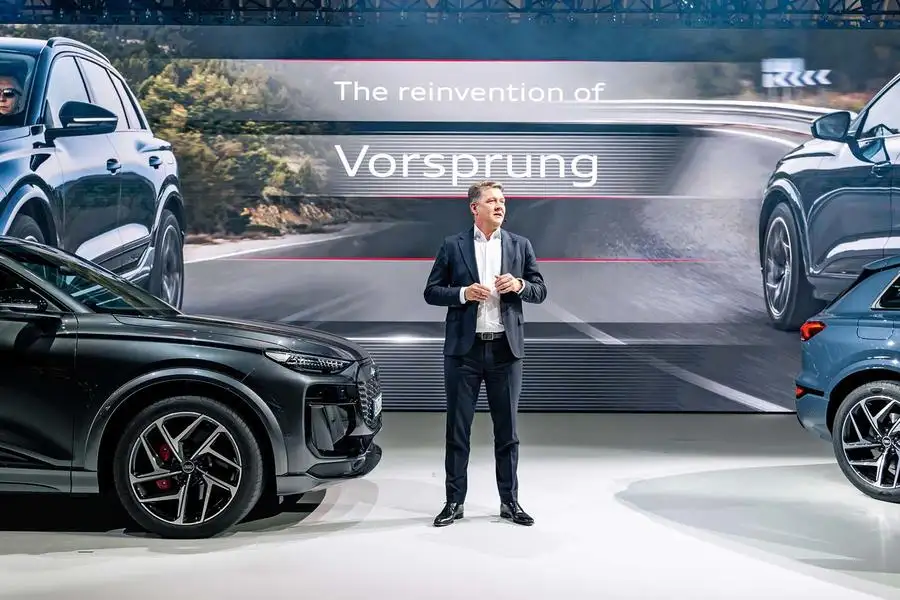
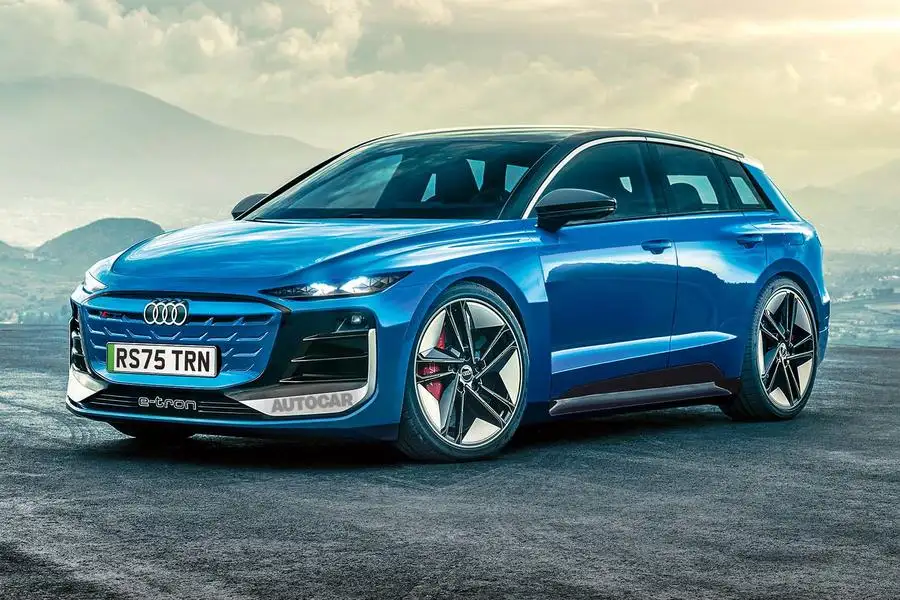
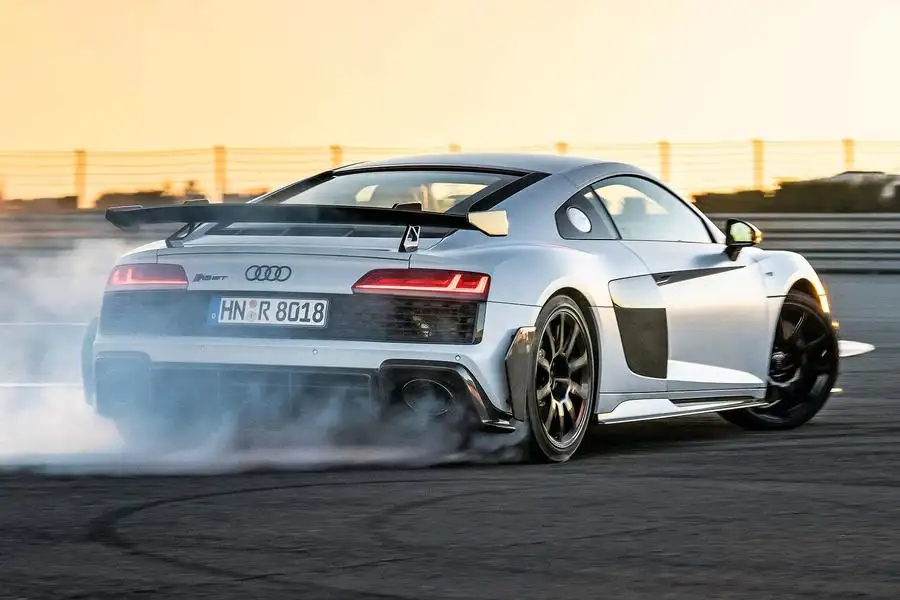






Join the debate
Add your comment
As a former owner of an A8 and an RS5, I have to say that Audi has been resting on its laurels for the last 7 to 8 years. As with some of its rival German brands, Audi's initial moves into EVs have not been great. Equally, its recent ICE models have been generally pedestrian at best. Increasingly, the parts sharing across VW Group is starting to affect all of its premium and luxury brands. It's making it harder to give each VW brand its own characteristics. What to do.
Unfortunately, the front end styling of the Q6 E-tron suggests Audi are trying to rival BMW, in the race to build the ugliest SUV.
"In fact, his demeanour is a great fit for the brand: it’s not about being showy....."
We'll forget about the animated lighting signatures then.